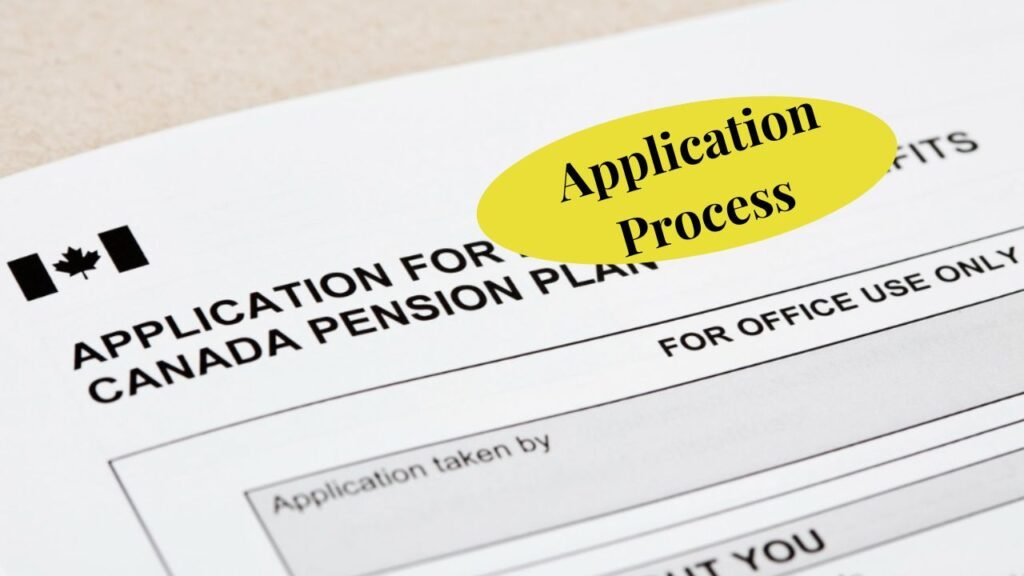Historic development to strengthen financial aid for students: The Canada Pension Plan (CPP) now includes benefits for part-time students aged 18 to 24 years.
To achieve that, ensure that disabled or deceased care providers receive adequate support, and part-time students will access the same benefits once entitled to their full-time working colleagues.
Overview of the CPP Child Benefit
CPP children benefits are child benefits that provide financial assistance for care providers who have become disabled or deceased. Traditionally, these benefits have been limited to children under 18 years old and those between 18 and 25 years old who were full-time students in an eligible postsecondary program.
The expansion of service to include part-time students embraces the government’s view on the inclusion of all needy students.
Details on the extension of benefits

Starting 2025, eligible part-time students will receive 50% of what full-time students receive. This would work out to $150.89 a month flat for eligible part-time students by 2025.
The minimum attendance requirement would ensure that benefits flow to students who are seriously pursuing their learning.
Eligibility Requirements
To qualify as a part-time CPP child beneficiary, a student must:
- 18 to 24 years of age.
- Be a part-time student in an accredited postsecondary institution.
- Have a parent who has contributed to CPP and is disabled or deceased.
- Comply with minimum school attendance requirements established by CPP guidelines.
Impact and scope
The government estimates that this new benefit will support approximately 6,712 part-timers by 2025. By extending this benefit, the government will allow students to take a variety of educational pathways and ensure that the financial support can provide a wide variety of students.
Comparison of CPP Children’s Benefits
| Category | Full-Time Students | Part-Time Students |
|---|---|---|
| Age Range | 18 to 25 | 18 to 24 |
| Monthly Benefit (2025) | $301.78 | $150.89 |
| Attendance Requirement | Full-time enrollment | Part-time enrollment |
| Estimated Recipients (2025) | Data not specified | Approximately 6,712 |
Application Process

Any student who would like to benefit from this service has to apply through Service Canada. The guidance supposes proof of enrollment in an accredited post-secondary institution with the verification of parental CPP contribution status. It is important for them to ensure that all information presented is accurate to facilitate the application process.
Additional support for students
Apart from the CPP Child Benefit, the Government of Canada provides various programs to assist students financially:
- Canada Student Aid for Part-Time Students: Provides financial assistance of up to $2,520 in a year to part-time students showing financial need. A family’s income coupled with other factors is used in determining eligibility.
- Work-study programs: Work-study programs are also plenty. Most of these are operated by the University of Ottawa. They provide opportunities for students to work part-time on campus, gaining experience while also being paid.
Conclusion
The extension of CPP children’s benefits to part-time students is testimony to the commitment of the Government of Canada to administer the educational missions of all its citizens. Recognizing that part-time students have specific challenges, this initiative enables the benefits to be available to a larger audience, thus allowing even more students to pursue their education without the added hindrance of financial stress.
FAQ’s
How much money will the eligible part-time students get each month in 2025?
The eligible part-time will receive a flat monthly rate of $150.89 in 2025.
Who is eligible to receive the part-time CPP child benefits?
Part-time students aged 18 to 24 years old, attending an accredited postsecondary institution and whose parents have contributed to the CPP and are disabled or deceased.
What is the minimum schooling required to qualify?
Students must meet minimum entrance requirements defined by CPP guidelines, which generally involve maintaining part-time enrollment status.
